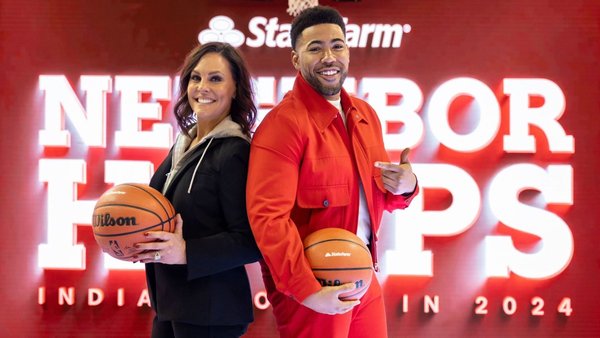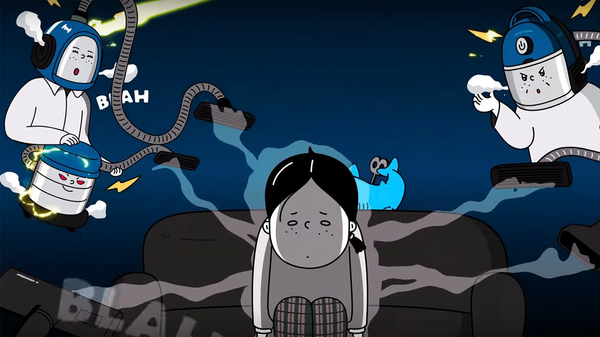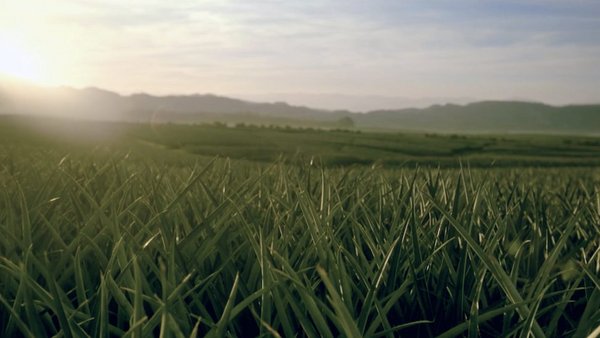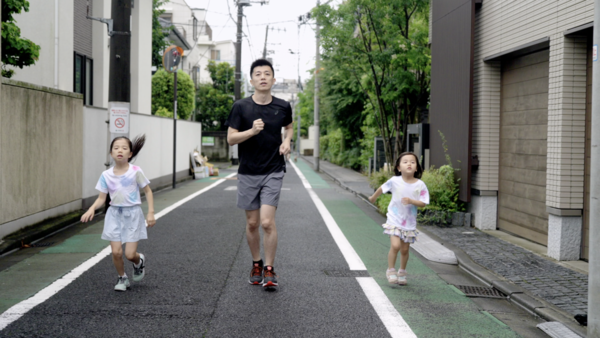At a glance /
NRMA Insurance was losing customers, under threat from cheaper competition, and lacked clarity around what it stood for
Under a new CMO with new agency relationships, the insurer went back to its roots to find a new North Star: Help
Guided by ‘Help’, the brand tuned into what customers go through when they need insurance, and translated that empathy into emotionally resonant comms
Over the past four years, NRMA has used ‘Help’ to build a set of distinctive brand assets, increase mental availability and drive market share growth
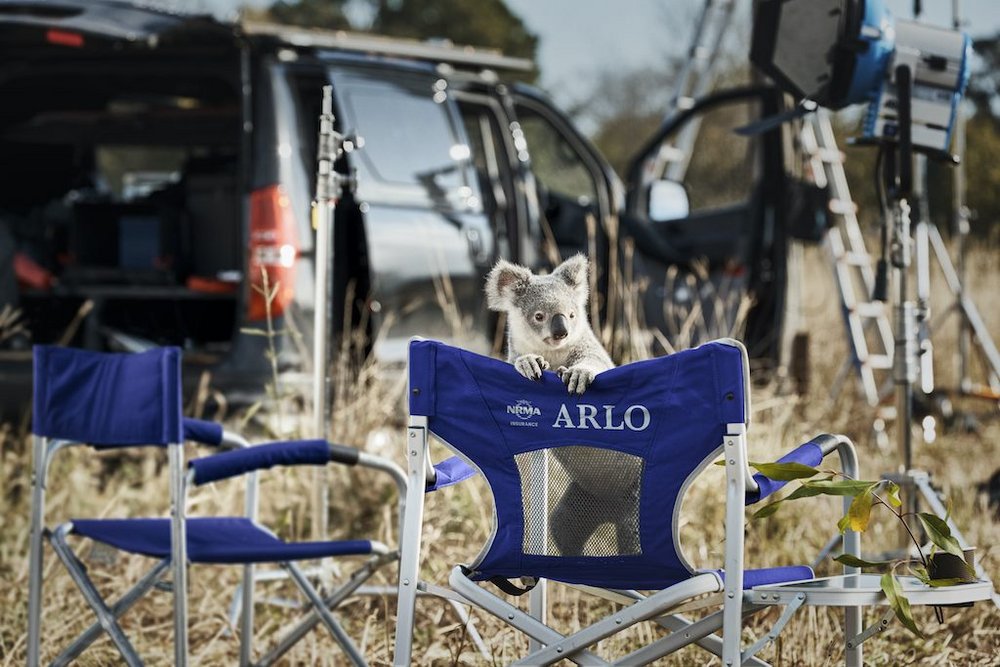
‘I wasn’t dying to work in insurance,’ says Brent Smart, CMO of Insurance Australia Group (IAG) and former CEO of Saatchi & Saatchi New York. ‘For most people, insurance is a chore, it’s not very interesting.’ But when Smart left adland in early 2017 to join IAG, the leading general insurer in Australia and New Zealand, he was presented with a fascinating challenge.
IAG’s crown jewel is NRMA Insurance, a 100-year-old brand that generates the bulk of its profit. Four years ago, NRMA was lost. Not only had the brand been haemorrhaging customers for nearly a decade, it was under threat from cheaper competition and lacked clarity around what it stood for.
‘I feel like it had a different tagline every year,’ says Smart. At the time, NRMA’s advertising was playing into the category clichés of slapstick humour, treating customers like clumsy fools. ‘They had this very contrived advertising character called Mr Confidence,’ recalls Smart. ‘Something would go wrong comedically for a poor hapless customer, and Mr Confidence would arrive. It was like bad advertising from the 80s. But the main thing was, it was missing empathy for what customers go through when they need insurance.’
Fabio Buresti, The Monkeys
Worse still, these generic ads were ineffective. ‘When we got involved, customer numbers had been in decline for over eight years,’ says Fabio Buresti, chief strategy officer and partner at Accenture Interactive-owned agency The Monkeys. ‘There was a disconnect between the brand and how it was behaving, and how the customers and how the staff and the company felt about themselves.’ Furthermore, NRMA (which stands for National Roads & Motorists’ Association) had low associations with home insurance and, as a premium brand not available on price comparison sites, was losing market share to value-driven competitors.
Ironically, for a brand in desperate need of help, NRMA would turn its fortunes around by helping others. ‘We wanted to go back to what we saw as the spiritual heart of the brand,’ says Buresti, who worked with Smart to mine NRMA’s past for inspiration, and hit upon a visual device that hadn’t been used for 15 years: the NRMA logo swivelling to form the word ‘HELP’. Despite this image falling out of use, focus groups revealed that people still equated NRMA with the word ‘Help’. ‘It was really clear to me that we’ve got to build this brand around help,’ says Smart. ‘Help is what people want from the category, but it’s also a great platform to do really emotional work. And it becomes a simple test for all our work: is it helpful?’
Fabio Buresti, The Monkeys
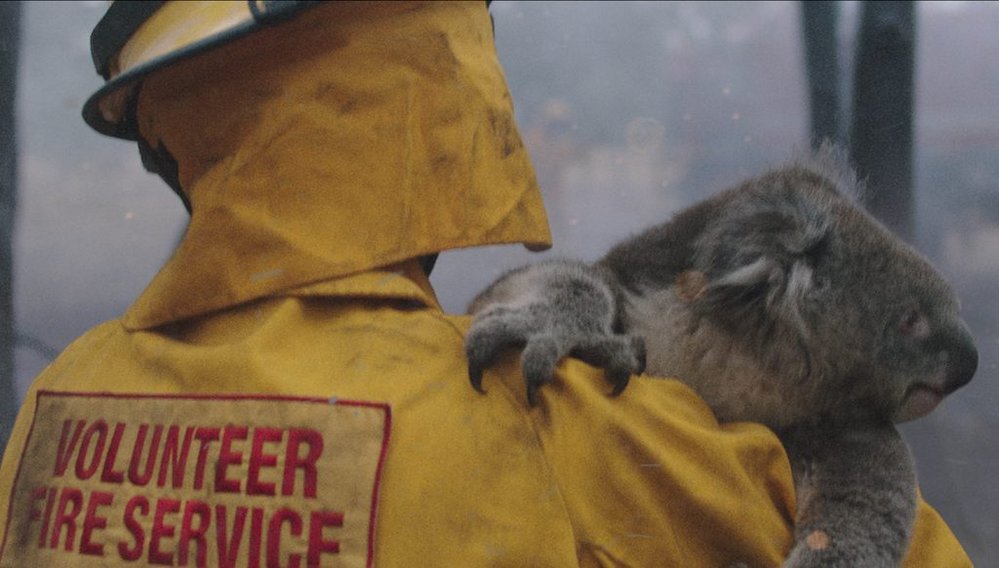
Australians and help
For Buresti and the team at The Monkeys, going back to the brand’s roots opened up an opportunity to carve out a more ownable position in the market. ‘We haven’t just replicated the past, we’ve used it as a strategic anchor point for the brand and everything we do,’ says Buresti. ‘We’ve added our own touch to it and we’re making it really distinct.’
With this rediscovered touchstone, NRMA could now rise above the noise in the category, swapping forgettable jokes for genuine empathy with consumers. It resonates because help is part of the social fabric of Australia, says Buresti. In times of tragedy – bushfires, storms, floods – the country steps up to help one another. ‘The volunteering rates in Australia are through the roof.’
During the 2019-20 bushfire season, known as Black Summer, the fires took 34 lives, destroyed more than 3,000 homes, killed or displaced 3 billion animals, and burned 46 million hectares of land. Amid the destruction, 3,000 Red Cross volunteers assisted at 150 evacuation and relief centres across the country, as Australia’s beloved ‘fireys’ – the vast majority of whom are volunteers – fought the blaze. ‘There’s a massive cultural connection with Australians and help,’ says Buresti. ‘When things are at their worst, Australians are at their best.’
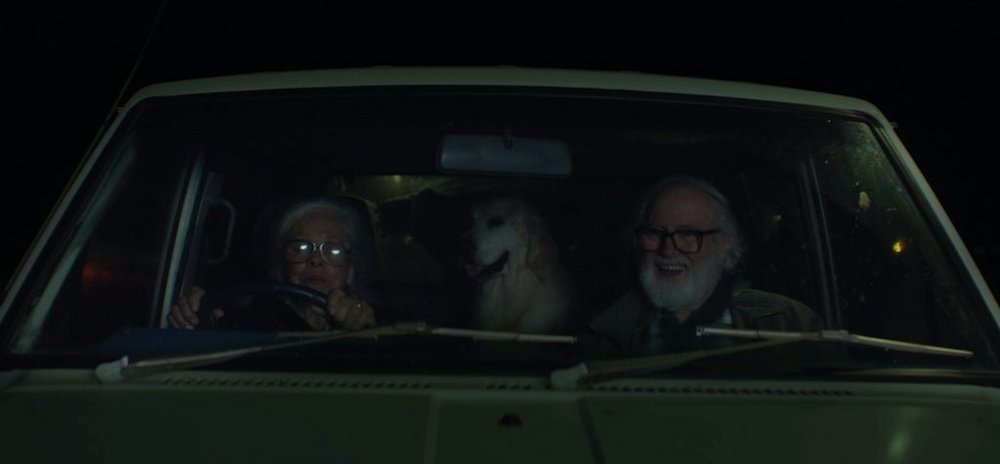
Support structures
The new Help positioning was launched at the end of 2017 with Long Way, a Christmas campaign to help Australians stay safe on the roads over the holidays. It was followed in March 2018 by Help Is Who We Are, this time featuring Australians aiding each other in times of need. Of all the moving scenes – a family fleeing a storm, a surfer helping a man in the sea, people pushing a train to free a man whose leg is stuck – the image of a volunteer firefighter helping a koala in a fire was hugely symbolic and would go on to inspire and feature in future campaigns.
Four years and a handful of awards later, the brand has reversed years of a declining car insurance customer base through a series of campaigns embodying Australia’s spirit of help. By 2019, NRMA’s brand valuation had risen by 35.2% and the strategy won a Gold Effie in Australia’s Insight & Strategic Thinking category that year. But there was work to do when it came to convincing consumers of the importance of home insurance. The number of households in Australia had grown by 5% since 2016, while the number of uninsured homes had risen by a disproportionate rate of 32%, with 3.7 million homes (38% of all households in Australia) uninsured.
Fabio Buresti, The Monkeys
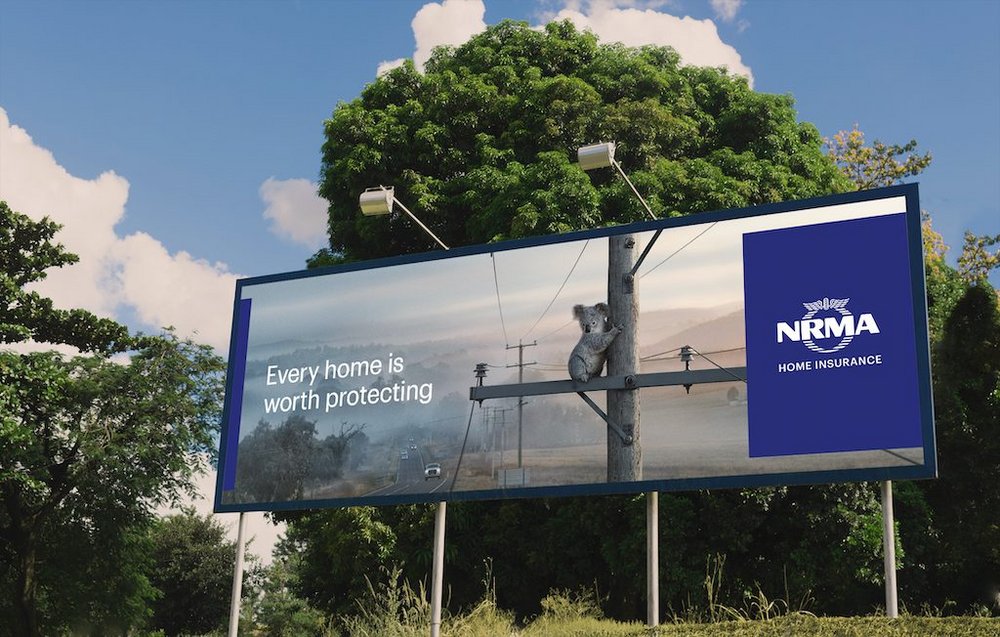
Not only were people reluctant to purchase insurance, they simply didn’t trust that companies would pay out. ‘One of the challenges with insurance is people believing that you’re going to be there for them and have their back when the shit hits the fan,’ says Buresti. ‘Trust is a massive issue.’ Realising that heart-warming ads alone weren’t going to cut it, the brand worked with The Monkeys to build a set of distinctive brand assets, increase mental availability and drive market share growth.
Zara Curtis, IAG, NRMA Insurance
The result was Every Home Is Worth Protecting, an affecting 90-second film that emphasised the importance of feeling secure in one’s home. In the middle of the campaign period, bushfires broke out and the brand responded in real-time, partnering with the Port Macquarie Koala Hospital to care for injured koalas. The campaign film was adapted to reflect the tragedy, with the message expanded from ‘Every Home is Worth Protecting’ to ‘Every Home and Every Life Is Worth Protecting’.
The campaign delivered a significant uplift across all its key metrics, including cut-through (+60%), recognition (+14%) and positive sentiment (85%). In just six months it achieved a 10% increase in total brand value – the equivalent of $74m (AU$96m) – and a reach of 24.1 million people; more than double the target. Unsurprisingly, the campaign was awarded a Gold Effie in the Financial Services category last year.
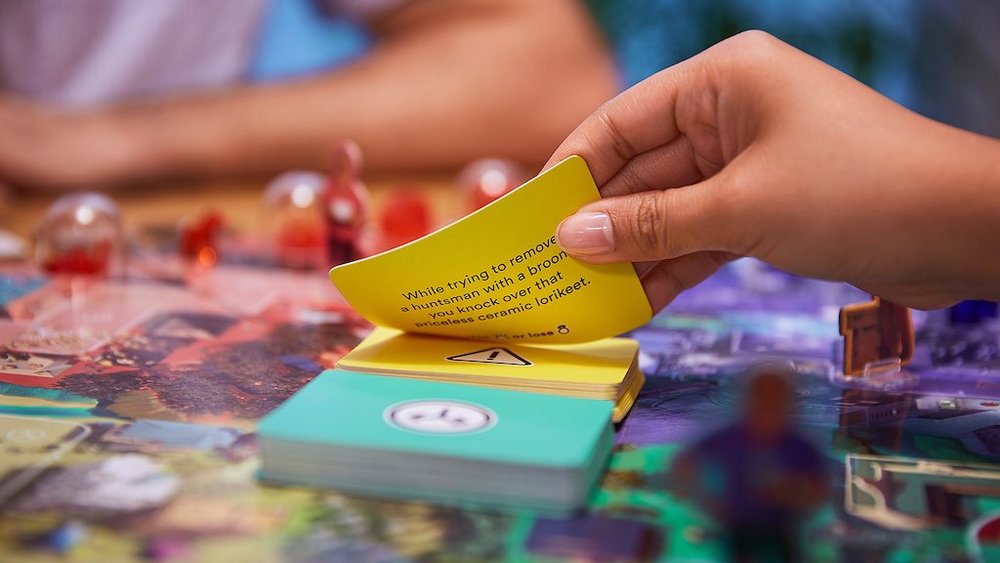
Unexpected places to play
After three years of road safety Christmas campaigns, NRMA wanted to shake things up. Working with Australian agency CHE Proximity, the brand launched Help! The Game ahead of Christmas 2020, a family board game from which the profits went to NRMA’s partner, Australian Red Cross, supporting disaster relief and recovery. It was a leftfield approach designed to start conversations around risk and insurance that people are reluctant to engage in, explained Ant White, CHE Proximity’s chief creative officer at the time. ‘Maybe on the surface, creating a board game seems frivolous. But that board game is going to remain in families’ homes for 20 years. That to me is really long-term planning – creating things that are relevant in culture for years to come.’
Over the past few years, cultural relevance has become a litmus test for good work at NRMA. ‘We talk about being part of culture a lot, whether that’s through Help or advertising or what we do,’ says Zara Curtis, IAG’s director of content and customer engagement. ‘Being there and part of the fabric is really critical.’ That’s largely because the category’s engagement rates are so low: people rarely engage with insurance, which is regarded as a ‘grudge purchase’, and policies are often renewed automatically, creating customers for life.
Brent Smart, IAG, NRMA Insurance
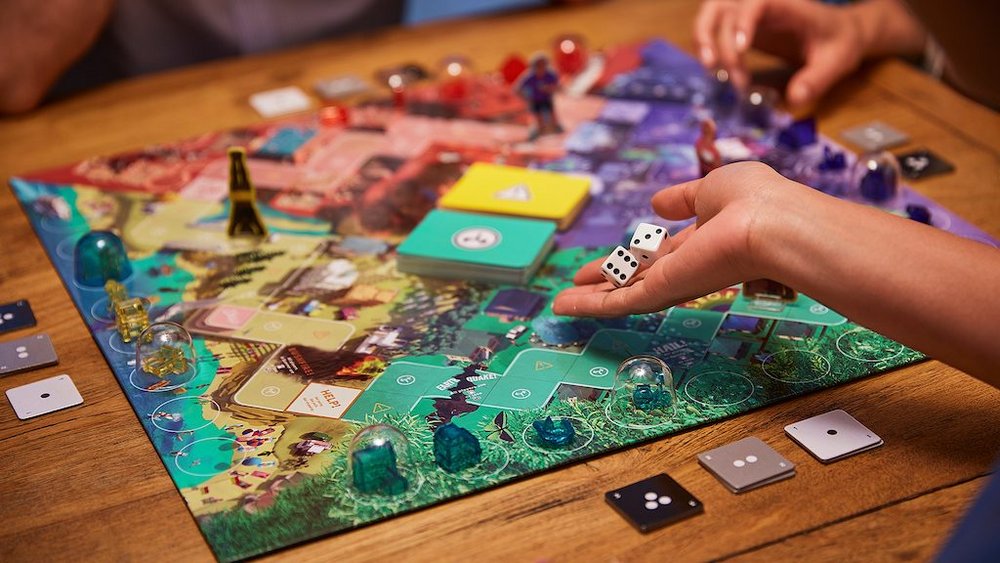
Smart doesn’t believe in low-involvement categories – ‘There is only low-involvement marketing’ – but is keenly aware of the power of marketing and creativity in the insurance category. In Australia, he says, 80% of people pay each time their insurance policy comes up for renewal, leaving only 20% of people actively shopping the category. That means rather than talking about product, features and price, NRMA looks for lateral ways to catch the attention of the 80%. ‘A better use of our budget is to talk to people who are not buying insurance today, but they might be buying it next month, next year, in five years. To build mental availability and brand connection with that bigger group of people is actually the smartest thing to do in our category.’
The best example of this is First Saturday, a year-long initiative created with agency CHE Proximity in Sydney which aims to improve the safety of Australians’ homes. ‘First Saturday is designed specifically to change behaviour,’ says Gavin Chimes, creative director at CHE Proximity. ‘We realised how big an impact we could make with these small safety tasks. For example, less than 15% of Aussie homes have a fire blanket, and it’s one of the most effective ways to prevent a house fire.’
Zara Curtis, IAG, NRMA Insurance
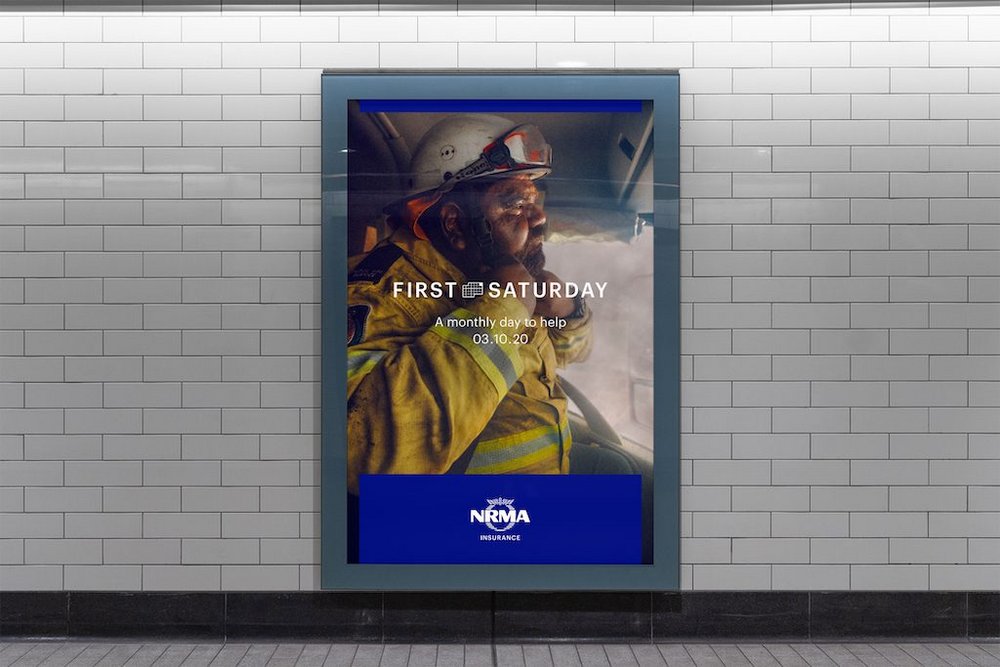
On top of emotional brand storytelling and long-term projects like First Saturday, NRMA delivers regular ‘spikes of helpful acts’, says Curtis. In November, for example, the brand launched Sloways, a 1,400km network of road signs which divert caravanners to struggling towns in need of a boost from tourism. There was no mention of car insurance, but it was a clear extension of NRMA’s rock-solid raison d’être. ‘However we turn up,’ says Curtis, ‘It will always be through help.’
A previous ‘spike’ in 2019 saw NRMA and CHE Proximity launch Safety Hub, a custom-built app that rewarded customers for carrying out home maintenance tasks that reduced the risk of damage. ‘If NRMA insurance is there to make your world a safer place,’ says Chris Howatson, former CEO of Che Proximity, ‘Then actually we should tell you what the risks are and help you reduce them.’
Brent Smart, IAG, NRMA Insurance
Beyond selling
At Christmas, following the launch of Help! The Game, NRMA and Colenso BBDO delivered Sleeper, a dreamlike road safety ad in which a mother falls asleep at the wheel but is guided home by her self-driving car. It’s cautionary – we see a large lorry approaching head-on – but tonally in tune with NRMA’s heart-warming Christmas campaigns of previous years: ‘Until all our cars can drive themselves,’ it finishes, ‘Drive safe.’
Smart’s team worked really hard on how the ad lands, he says. ‘I think tone is the most important way to keep a brand consistent. We have some really important, distinctive assets we’ve built for the brand – a brand sign-off, a mnemonic. But I want to have creative freedom within a framework, I don’t want to be too prescriptive.’
That creative freedom inside the brand’s tonal guidelines has proved to be an effective formula: with Help underpinning every brand act, NRMA can continue to deliver fresh takes on a consistent and enduring positioning. The organising principle of Help has freed the brand from competing with cheaper rivals and, by focusing instead on what insurance means to its customers, NRMA appeals to a very human need for security and protection. ‘We’re not always trying to sell people insurance products, we’re doing something more meaningful, more purposeful,’ says Smart. ‘Brands can’t be just selling stuff all the time. That doesn’t build trust.’


